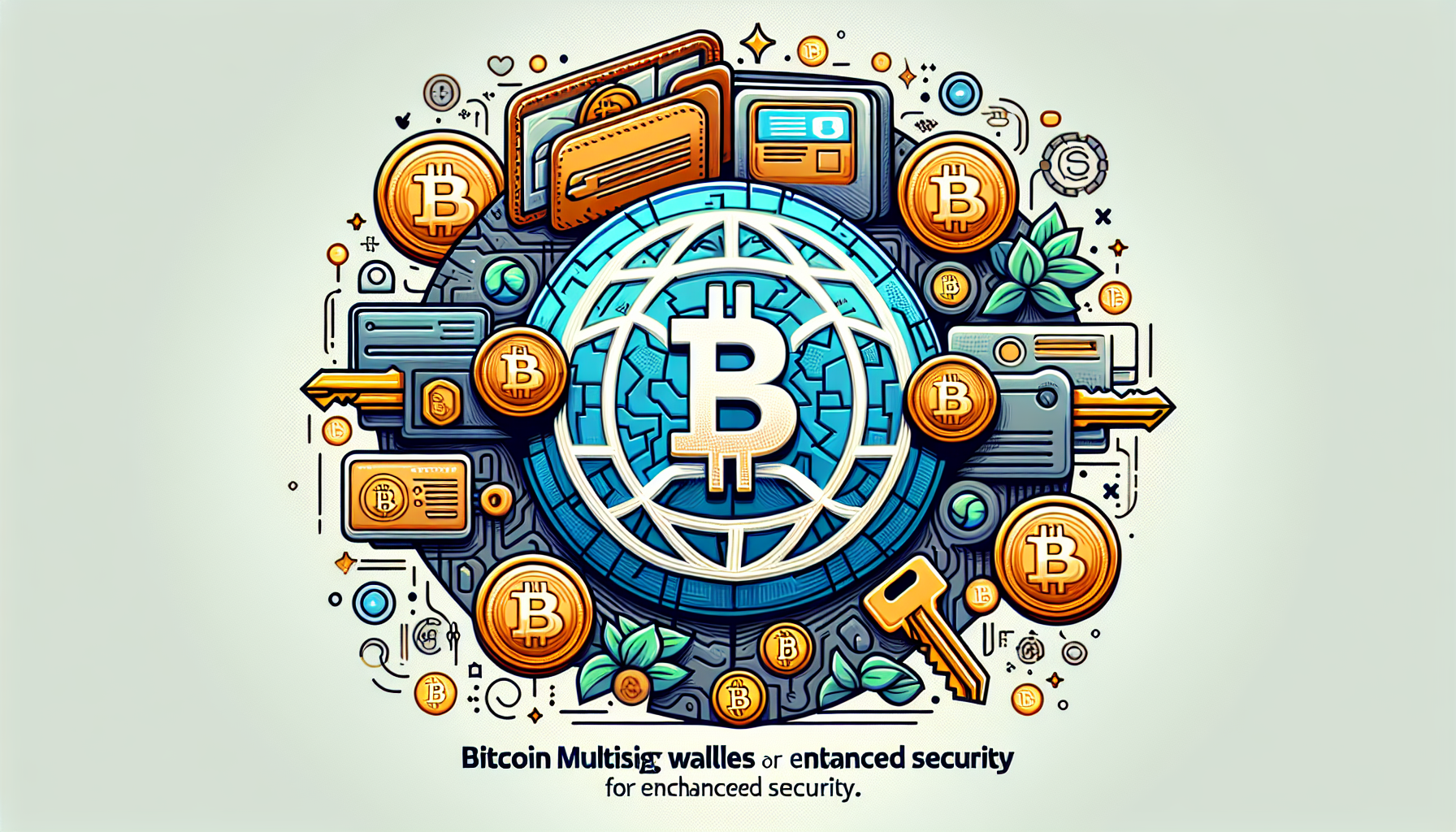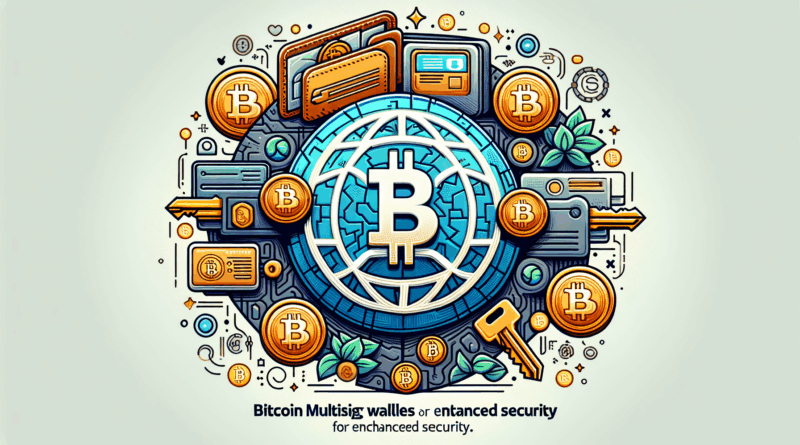Guide to Bitcoin Multisig Wallets for Added Security
Are Your Bitcoin Assets Truly Secure?
With over 560 million cryptocurrency holders globally, only 23% understand how to securely store their digital assets. As cyber threats evolve, it’s crucial to enhance security measures, especially for Bitcoin. One popular method is using multisignature (multisig) wallets. But what exactly are they, and how can they enhance your security? Let’s find out!
What is a Multisig Wallet?
A multisig wallet requires multiple private keys to authorize a transaction. Unlike traditional single-signature wallets, where one key controls access, multisig wallets add layers of security. Imagine a bank vault where several people must agree before opening the door. This kind of setup reduces the risk of theft and loss.
For example, if you use a 2-of-3 multisig wallet, any two of the three keys must sign a transaction. This means if one key is compromised, assets remain safe. This isn’t just theoretical; numerous reports showcase how multisig wallets have thwarted hacking attempts, safeguarding millions in assets.

Benefits of Using a Multisig Wallet
- Enhanced Security: Multiple signatures make unauthorized transactions incredibly difficult.
- Accountability: With several keyholders, there’s transparency and shared responsibility.
- Recovery Options: If one key is lost, it doesn’t mean losing access to your funds.
- Safer Transactions: Require approval from multiple parties before sending funds.
How to Set Up Your Multisig Wallet
Setting up a multisig wallet may seem daunting, but it’s more straightforward than expected. Here’s a step-by-step guide:
- Choose a Multisig Wallet Provider: Look for established options such as Electrum or Green Wallet that support multisig features.
- Define Your Multisig Structure: Decide how many keys you need and the signing requirement (e.g., 2-of-3).
- Generate Keys: Create private keys using a secure method, such as hardware wallets or secure computer environments.
- Share Keys with Co-signers: Distribute keys securely; never share via insecure means!
- Test Transactions: Before sending significant amounts, conduct test transactions to ensure the setup functions as expected.
Potential Drawbacks
While multisig wallets offer formidable security, they aren’t foolproof:
- Complexity: More keys mean more complexity; can confuse inexperienced users.
- Dependence on Co-signers: You rely on other individuals; if they lose their keys, it could complicate access to funds.
- No Recovery Without All Keys: If you lose all keys required to sign, your funds can be permanently inaccessible.
Conclusion
In the face of increasing threats to Bitcoin security, using a multisig wallet provides an excellent way to protect your assets. It combines enhanced security with collaborative control, making it a superior choice for anyone holding significant Bitcoin. Interested in protecting your digital assets further? Download our comprehensive wallet security guide to stay ahead in this rapidly evolving landscape!
For further reading, check out our articles on security tips for crypto investors and understanding Bitcoin wallets.
Author: Dr. Anna Smith, a blockchain security expert with over 20 published papers and lead auditor on several high-profile cryptocurrency projects.




